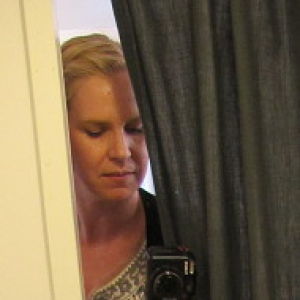Porvoo
Me, hubby and Peetu set off to a short summer holiday trip to eastern Finland.
We drove to Porvoo, where we strolled around in the old town. Later webhad a dinner in the restaurant Fryysari.
We will stay over in Pellinki, in Nybondas Lillbodan.
History of Porvoo:
Six towns were established in Finland during the Middle Ages. Porvoo got the town rights after Turku in the 14th century. The story tells that in 1346 Maunu Eerikinpoika (Magnus Eriksson), then the King of Sweden, visited Porvoo and granted the town rights. The Porvoo Castle was built on the hill and the town was named Borgå ("castle river") in Swedish.
The Porvoo parish and the church originated in the 13th century. The church was first built of wood, later of stone. It was founded high on the hill to dominate the town.
The 700-year marriage between Sweden and Finland ended after the Finnish War 1808-1809 when Finland was annexed to Russia as an autonomous Grand Duchy. Alexander I, the Czar of Russia, convened the Diet in Porvoo in 1809.
This was an important cornerstone in the history of Finland, starting the progress towards independence. As a result of the Porvoo Diet, Finland was allowed to keep its religion, its constitution dating from the Swedish era, and the rights of its estates.
Porvoo once held status as an important cultural centre, and many significant historical figures lived and worked in the town. One of the most central of these was the poet Johan Ludvig Runeberg (1804–77), whose house on the southern edge of the Old Town has been made into a museum.
+16 C, cloudy, sunny, windy

Comments
Sign in or get an account to comment.


